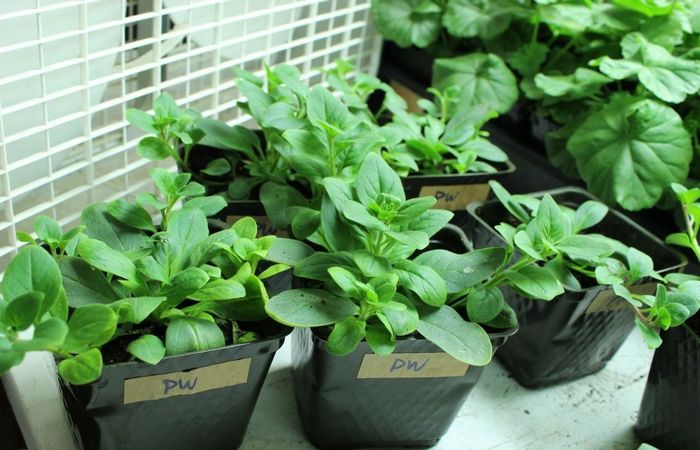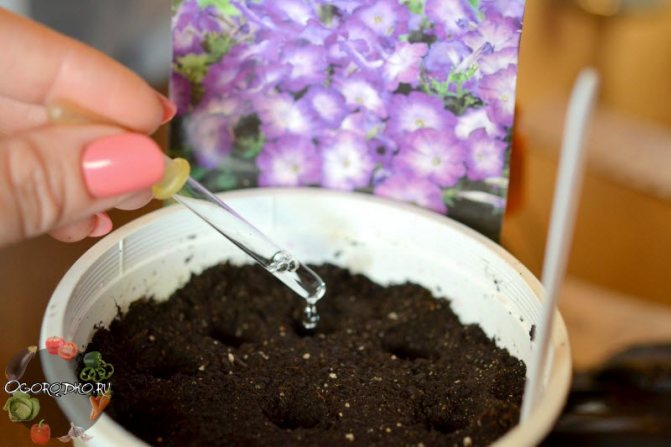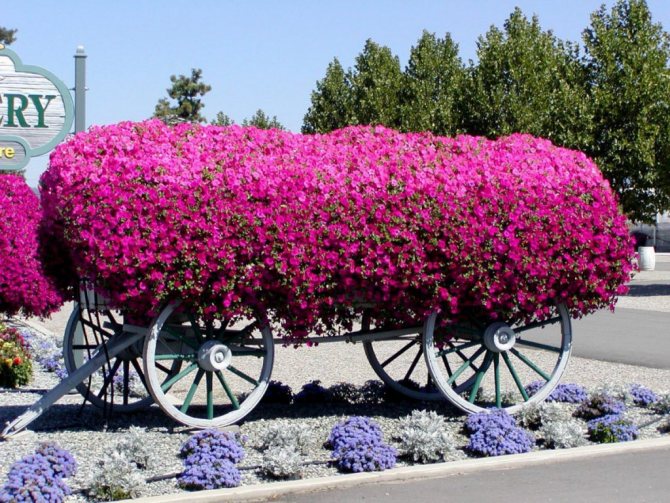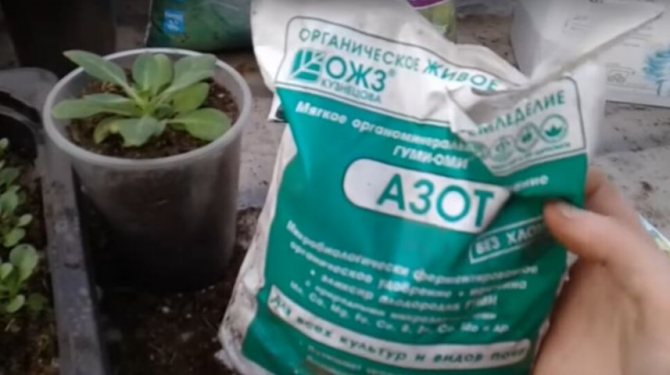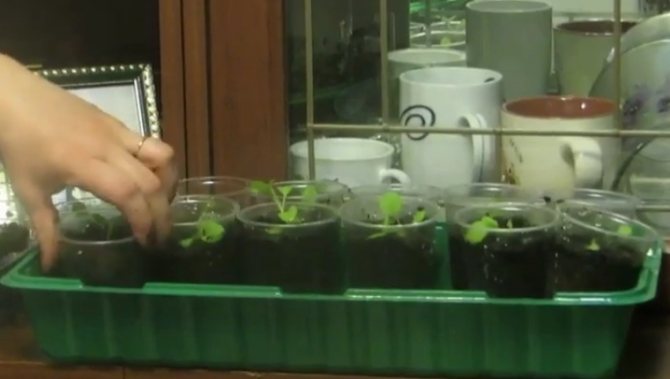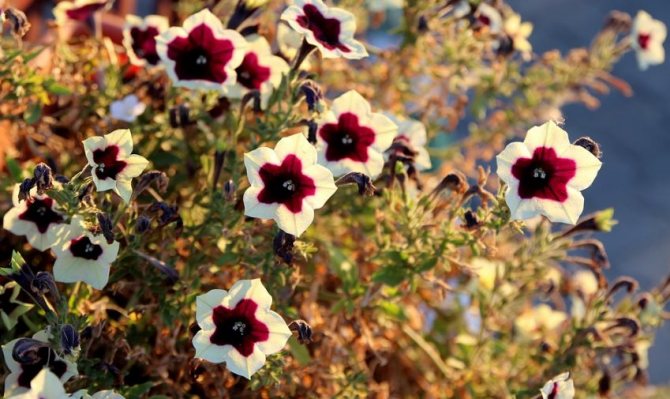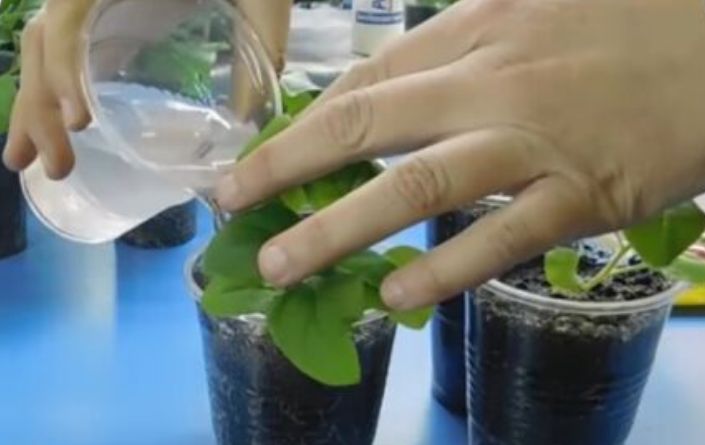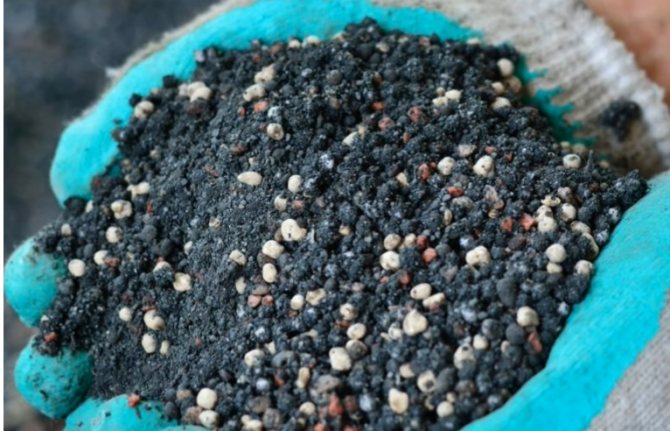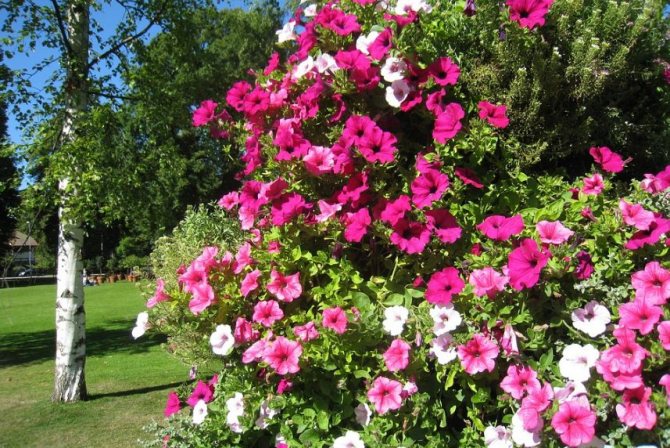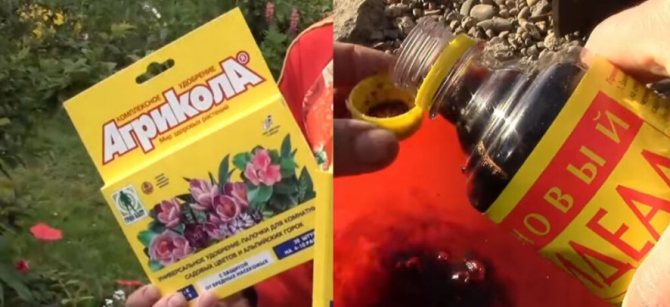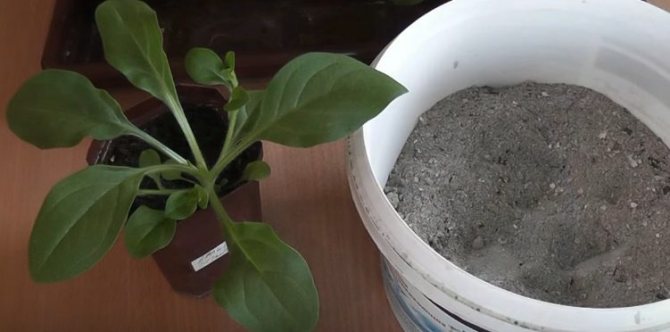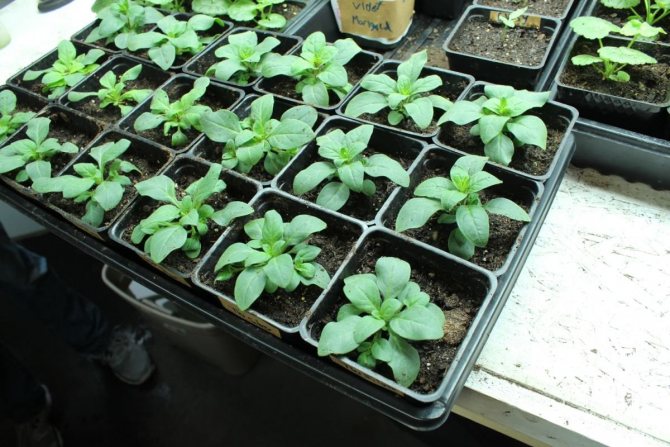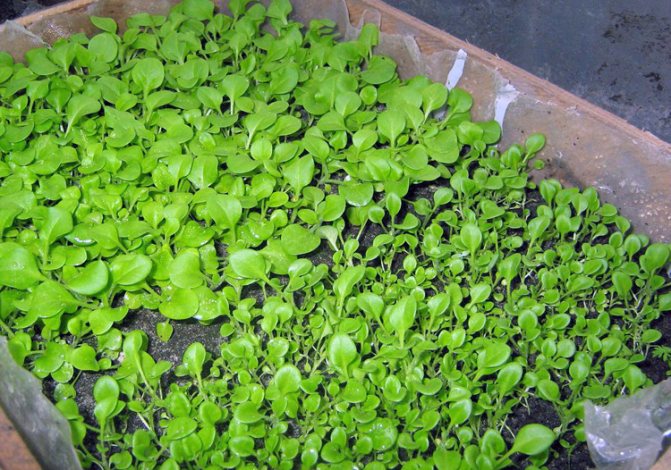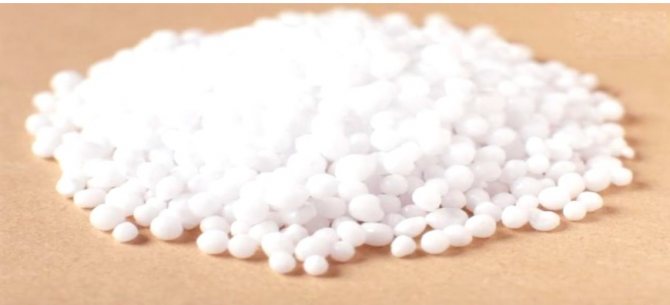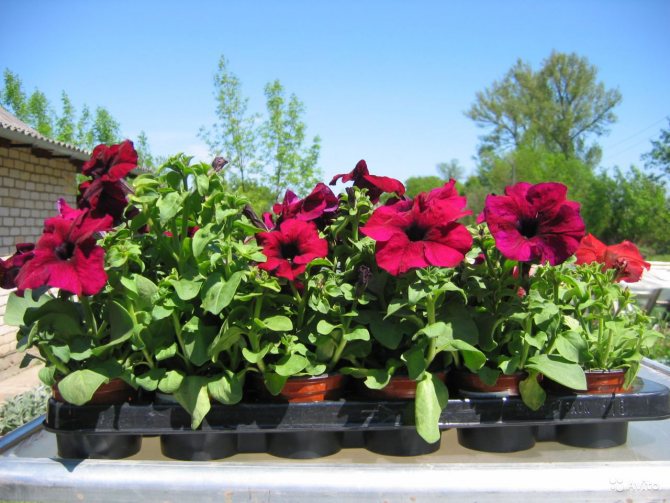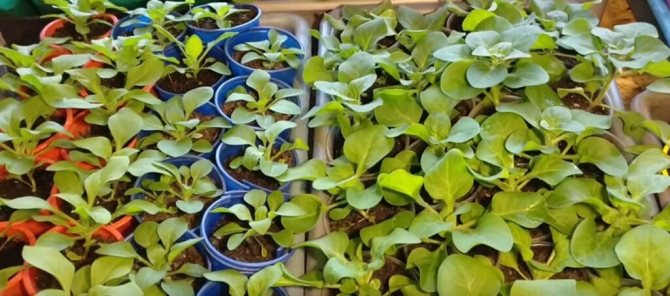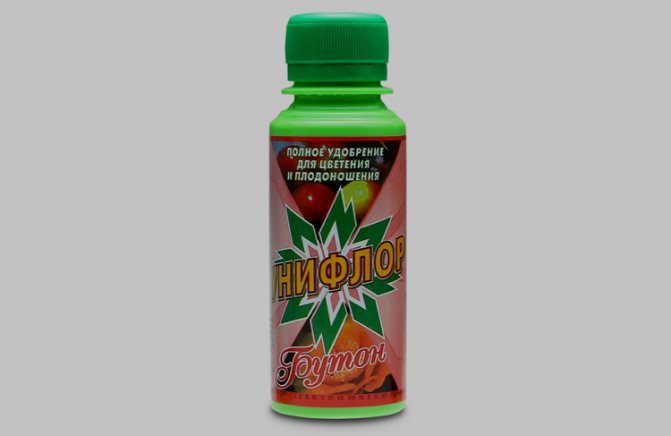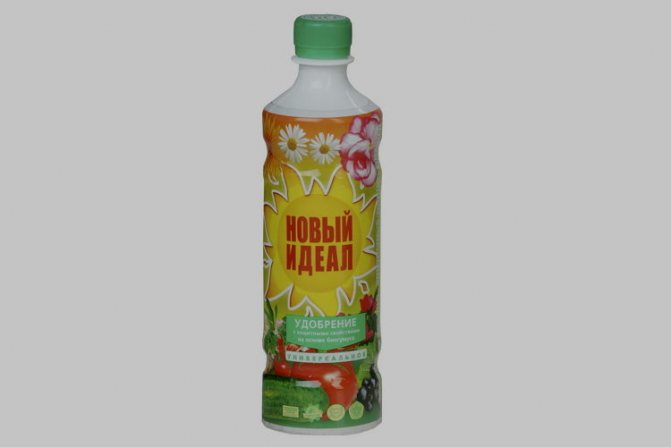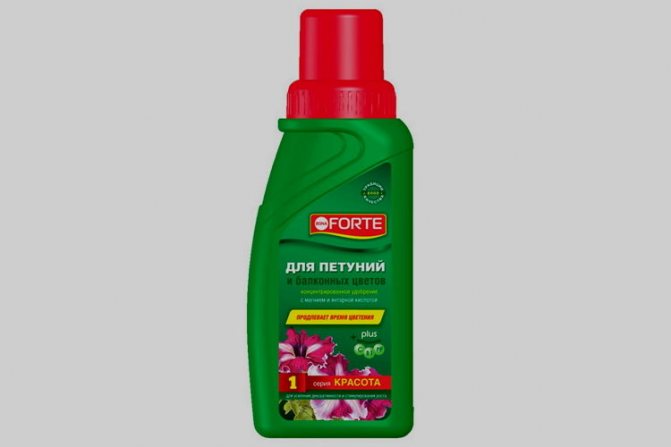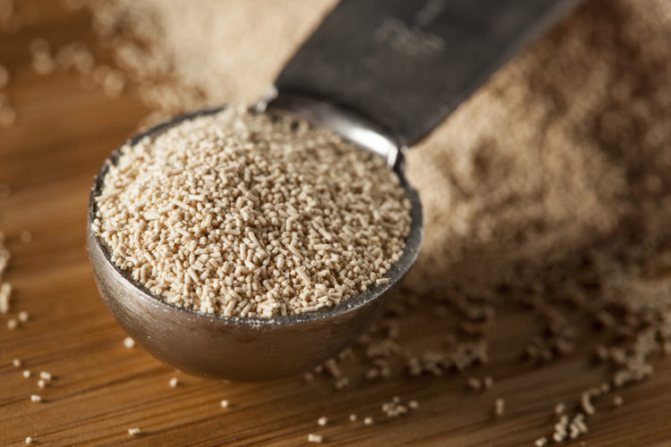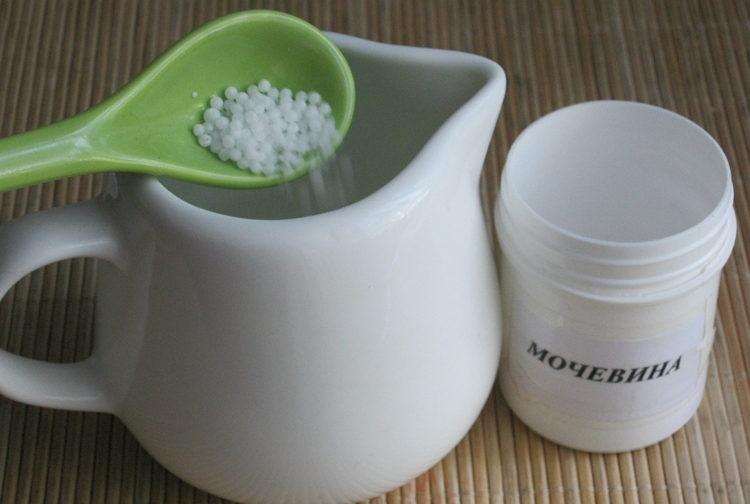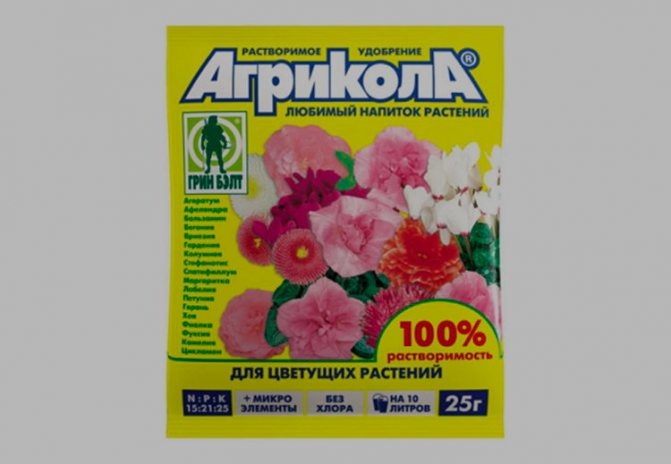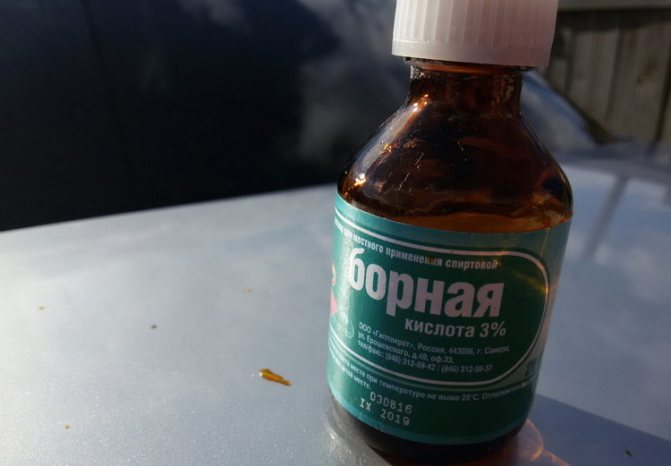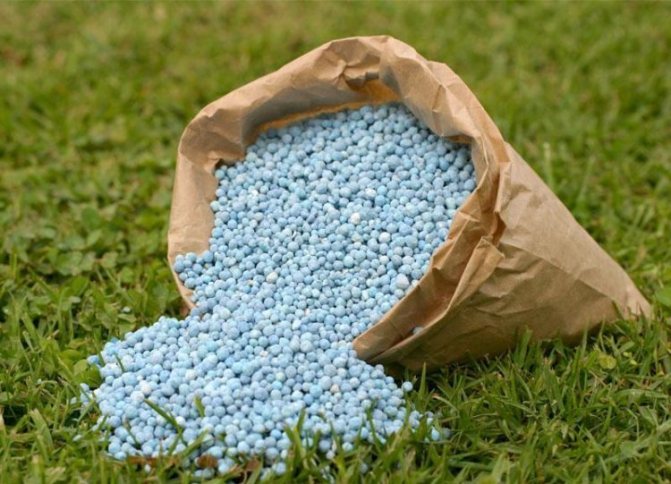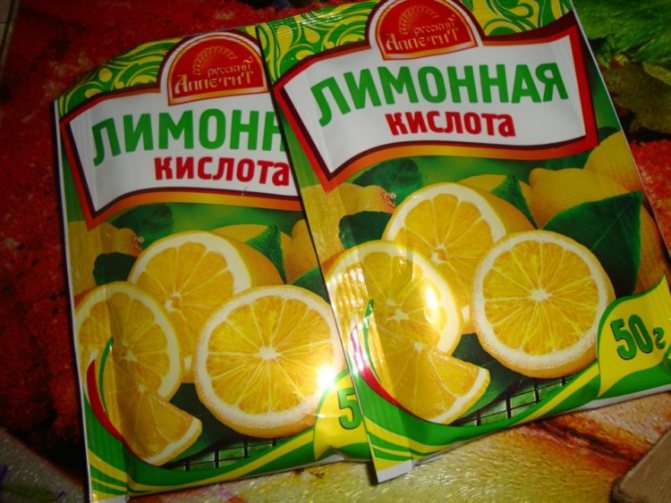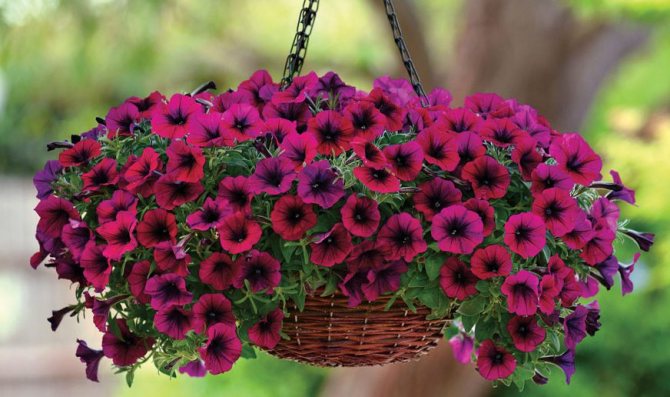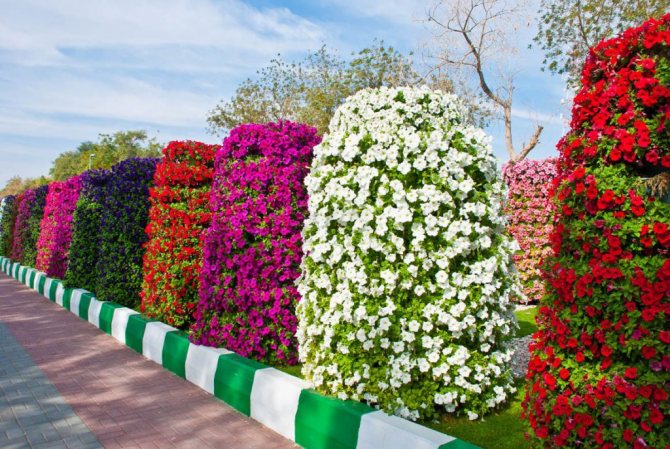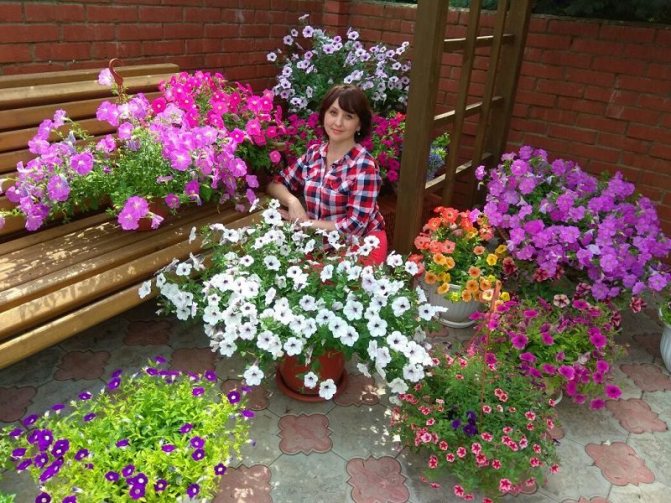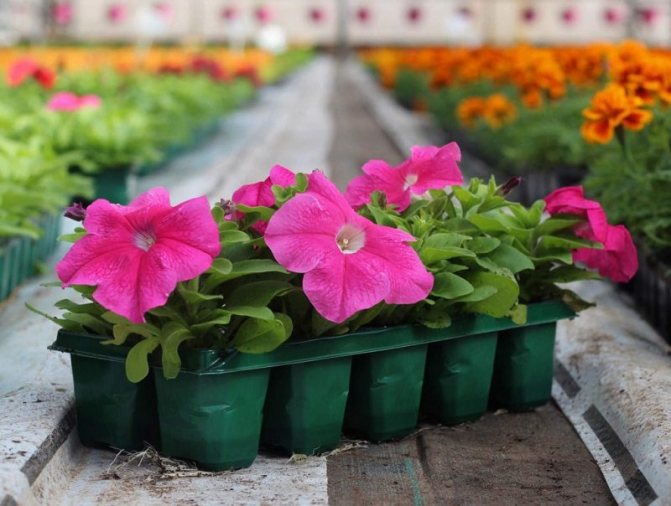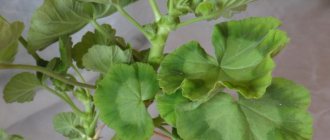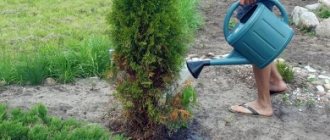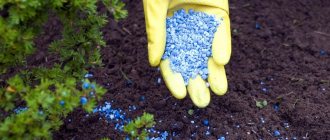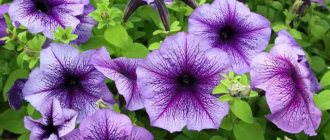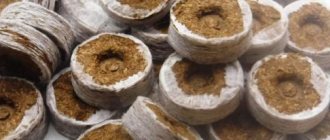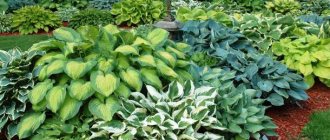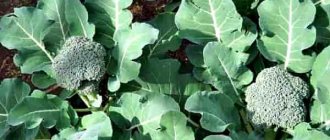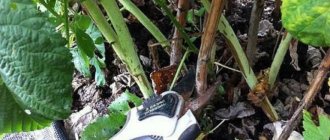I love flowers. Petunia is one of that number. Bright, in different colors: red, blue, pink, white, purple and even a two-tone variety. You will admire. She's a real antidepressant. Its aroma increases efficiency and gives a good mood.
Street flower - loves balconies, garden space and the sun. I confess - capricious, but it grows well and blooms for a long time. Petunia is a real glutton, in moderation it loves moisture.
It happens that you give a lot of energy to caring for a plant, but everything is useless - it does not grow. Don't let go of your hands! To make these flowers bloom and smell, provide Petunia with a dignified childhood: plant correctly, replant, feed and fertilize correctly. And everything will work out. We will learn how to properly feed the charming Petunia, so that the result of your labors will be a bright shock of flowers in your garden.
Back in 1793, the flower was discovered in Uruguay and named "petun" - tobacco. These two plants, as well as tomato and potato, belong to the same family.
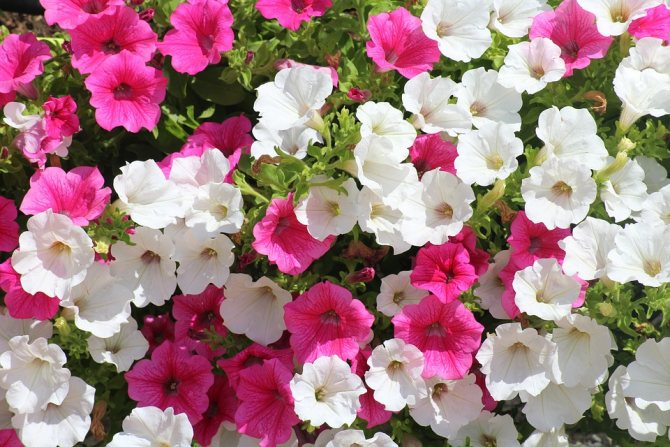
Fertilizers at the seed stage
Growing a petunia is a matter that requires patience. They begin to sow seeds in the last month of winter, and at the end of spring they get a flowering bush. At home, planting under glass is practiced. This forms a certain microclimate and maintains the required temperature for seedlings.
For planting, it is better to use seeds in granules, so it will be easier to distribute on the surface of the soil without damaging them. In addition, the shell contains all the necessary minerals and trace elements that contribute to the successful germination, healthy growth and nutrition of the plant in the early stages.
Land for seedlings is not taken too nutritious, with the addition of peat. Before planting seeds in the soil, they are treated with a fungicide or a weak solution of potassium permanganate. This will help to avoid the development of a disease such as "black leg".
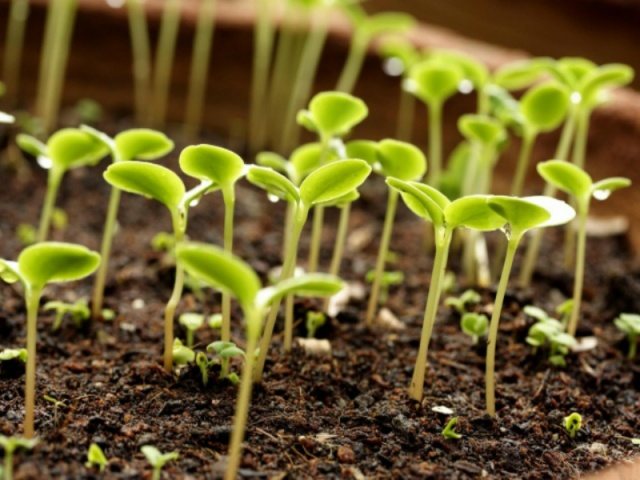

Florists often use yeast seeds that do not need additional manipulation. When the soil dries out after planting, the seeds can be treated with succinic acid, which will help the lagging seeds to germinate faster. Treatment with succinic acid will also increase the germination of last year's seeds.
Long-lasting fertilizers
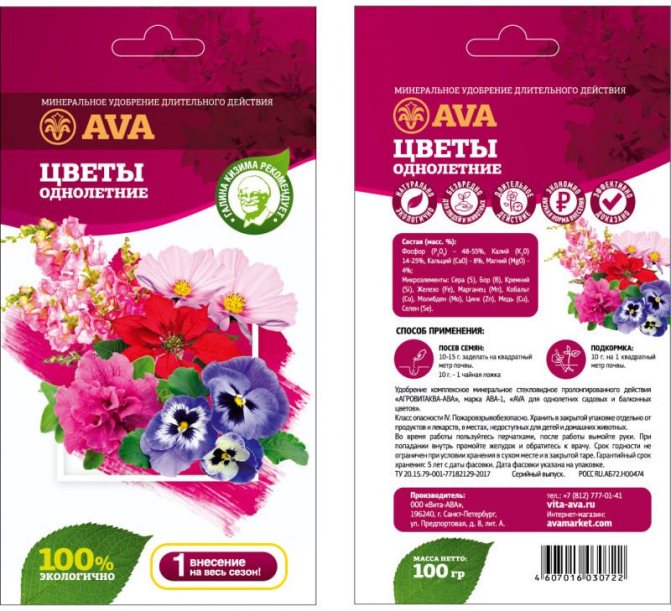

The advantage of such fertilizers is that they are applied once at the beginning of the season.
Auxiliary fertilizers must be prepared for application to the soil when the planted plant got stronger and released the fourth and fifth leaves... Of the long-term fertilizers, fertilizers are best suited shaped like sticks, the term of which is three months. Therefore, using them in early June, the plants will be provided with high-quality feeding for the whole summer.
You need to choose those sticks that are intended specifically for the generous flowering of flowers.
This fertilizer gradually dissolves from watering to watering. Thus, the plant will be provided with all the trace elements it needs. It is not difficult to apply it: stick a stick into the soil and forget that the flowers need some kind of additional care.
First feeding
The first shoots will appear in two weeks. During this period, it is necessary to loosen the soil, spray it.
Dive in the phase of two true leaves.A few days after the seedlings are planted, the first feeding of the petunia is carried out. Use a complex fertilizer containing phosphorus and nitrogen. An excellent result is obtained: organic-mineral mixture "Ideal", liquid humic fertilizer "Garden of Miracles", "Bona Forte", dry fertilizers "Plantafol", "Master". The flower will quickly gain green mass, which will make it easy to form a beautiful bush.
Re-fertilize the petunia after the plant gets stronger. Final processing - before planting seedlings in the ground.
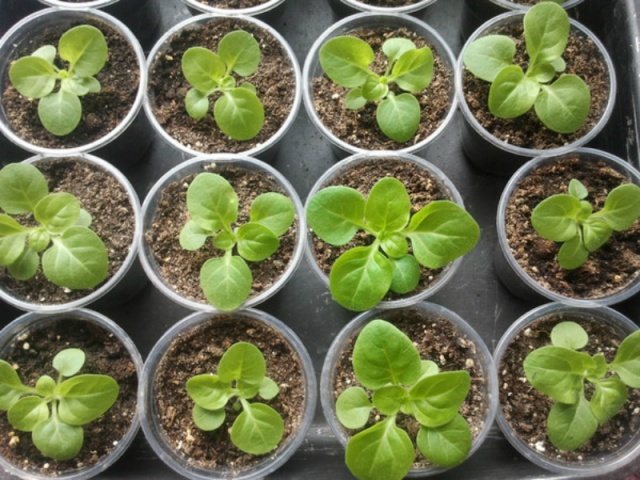

Features of growing petunias
Ampelous petunia grows in southern countries, loves to be attentive to itself, therefore, when growing a flower, you should consider:
- Soil composition. The best soil for petunias is sandy or clayey, containing compost, humus.
- Light mode. You need to plant flowers in well-lit places where a lot of sunlight penetrates. When sowing seeds, they must also be provided with a constant light source.
- Watering mode. Moisten the earth as it dries, water the plants by the root method.
In order for the culture to feel good and bloom magnificently, feeding the petunia must be done in a timely manner. If you do not provide the petunias with proper care, yellow leaves appear on the stems, the flower withers and dies.
Top dressing after germination
After the seedlings grow up, it is necessary to carry out foliar feeding. How to feed petunia shoots? Effectively spray the flower with the following fertilizers:
- Urea


- Peat-based potassium humate
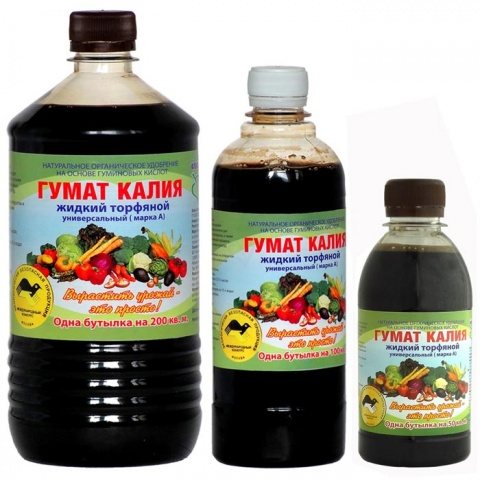

- Floral aquarine
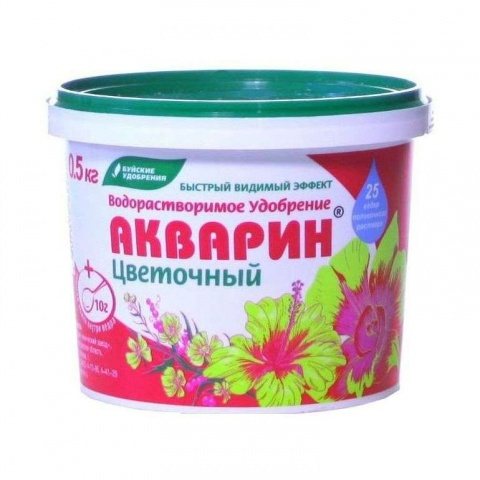

- Biohumus
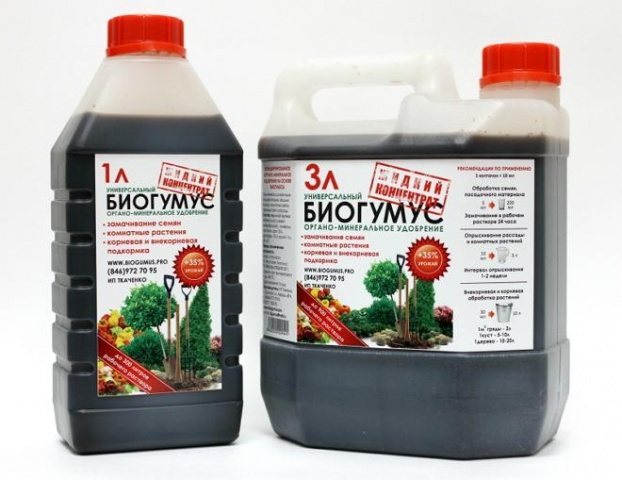

- Plantafol
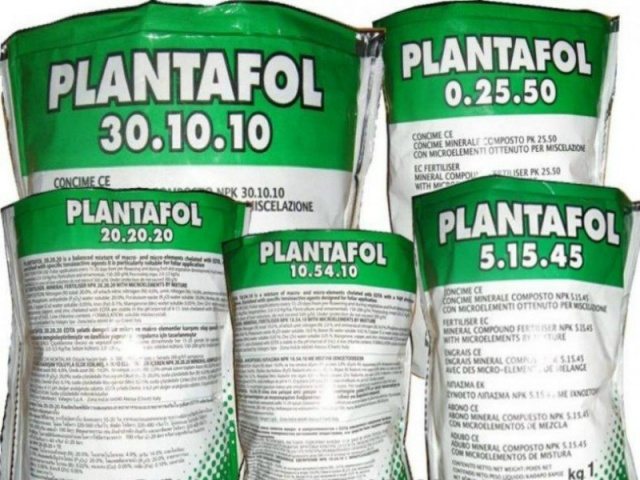

When the seedlings grow up and get stronger, you can use ammonium nitrate, calcium nitrate, urea.
Preparing seeds for planting
In order for petunia seedlings to sprout better, before planting them, you need to soak the seed in succinic acid for a day. The liquid is preliminarily diluted with water to a concentration of 0.002%. Another option is a quarter of a tablet in 500 ml of water.
Sow seeds of petunia for seedlings in the second half of March.
If sufficient artificial lighting is provided, sowing can be done at the end of February.
The seeds are pre-mixed with sand. The resulting composition is dipped into a well-dug and moistened soil. The sowing site is covered with plastic wrap or glass until the first shoots appear. The optimum air temperature for seed germination is +20 ° C.
It is recommended to gradually replace water for watering young sprouts with a weak solution of potassium permanganate. They are also sprayed with green mass.
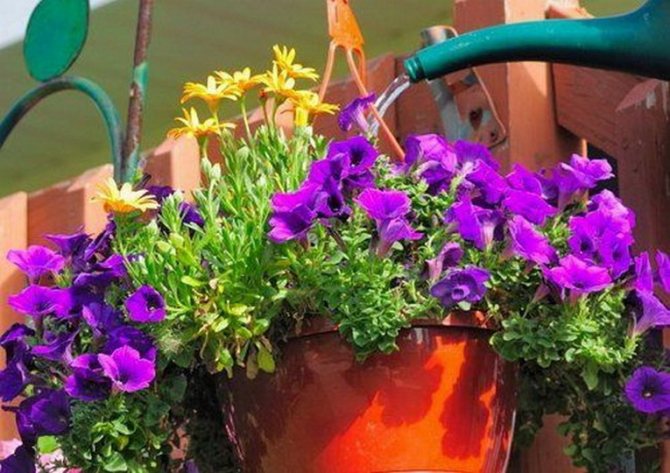

How to feed petunia seedlings
When the shoots have 3 - 4 true leaves, the plant is fed. When transplanting seedlings into large containers, it is recommended to add a small amount of universal fertilizer under the root.
If the sprouts feel good, have started and grow, after a week you can feed the petunia again. To do this, use a complex fertilizer for petunia, where nitrogen predominates, and spray it over the leaves. As the flower grows, nitrogen fertilization is replaced with potassium fertilizer. It is recommended to alternate these feedings.
Important! When using complex fertilizers for petunia, the soil should not be waterlogged so as not to harm the young roots.
You can try watering the seedlings from the pallet, the plant likes it.
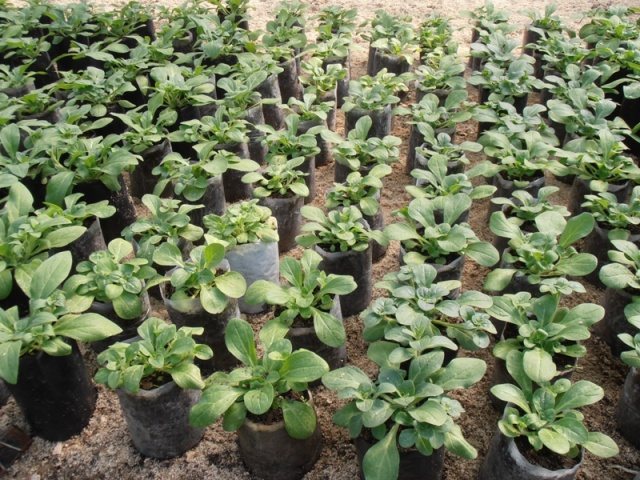

When to start feeding petunia
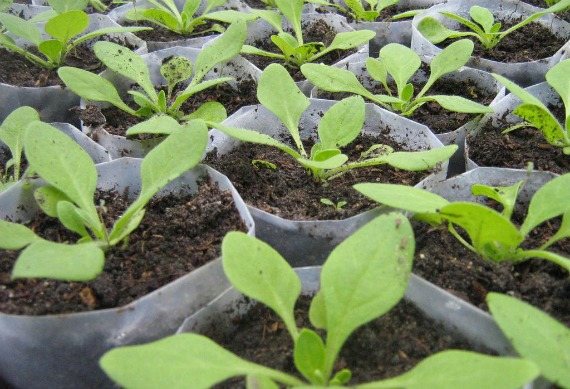

Growing petunias begins with sowing seeds for seedlings. Fresh soil always contains a certain supply of nutrients.
Read more in the article: How to grow petunia seedlings from seeds at home
Therefore, the first 2 weeks after the appearance of petunia sprouts does not need feeding. At this stage, it will be appropriate to add several crystals of potassium permanganate or Fitosporin to the water for irrigation.
On a note! Starting at 2 weeks of age, young plants are fed by pipetting the nutrient solution to prevent overdose.
What to use to feed petunias
For a plant to be beautiful, strong and blooming, it needs help. Top dressing of petunia seedlings is carried out every other day, alternating with watering.
To nourish the plant, you can take one of these solutions:
- Mullein (dilute 1:10).
- Complex fertilizer in liquid form, which contains a whole range of essential microelements.
Top dressing of petunia seedlings should be carried out correctly, according to a certain scheme:
- Water the plant with settled water. Watering is carried out in the evening so that the sun's rays do not burn wet leaves.
- Fertilizer for petunias, which include organic matter, are watered only at the root.
- Watering with water.
- Spraying the leaves with mineral fertilizers.
A common vitamin supplement is an excellent fertilizer. Vitamins B1, B12. For petunia can be purchased at the pharmacy. Before watering, dilute the additive with water and water every two weeks.
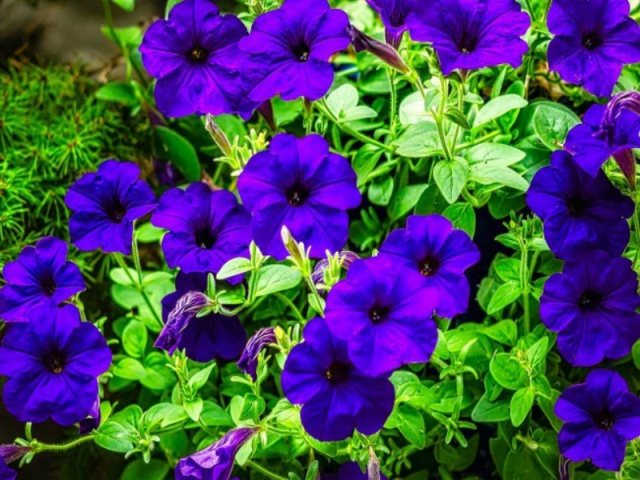

To form a lush plant, it is good to spray the seedlings with the fertilizing "Kristalon Green". Do not spray if the plant is in bloom. "Kristalon green" can be replaced with other dressings: universal microfertilizer for root and foliar dressings "Uniflor Micro".
In order for the root system to be strong and healthy, a solution of "yellow crystal" is used for feeding.
And also nitrophoska, azophoska is perfect as a top dressing.


Horticultural tricks
In order for the bush to bloom profusely, it is not enough just to give it the necessary trace elements. Competent care is equally important.
- Frequent watering... In the summer heat, you can water the flower even twice a day, early in the morning and late in the evening. And in the fall, when the evenings are cold, on the contrary, water the flower during the day, while it is warm, so that the roots have absorbed all the water by the evening. It will be good if you will not just defend the water for irrigation, but acidify it with, say, lemon juice.
- Lots of light... Plant petunias on the northern windowsill, and no matter what you water them, they will not bloom much. Such a decorative culture can be safely kept on the south side of the site or at home.
- Spacious pot and lots of land... The root system of a flower is powerful, and it needs a certain scope. So don't plant the petunias too thick. In the flowerbed, there should be about 60 cm between the bushes (if it is a mini variety, then at least 30 cm). In the balcony boxes, one bush should go from 5 liters of soil.
And of course, do not forget to cut off the faded buds. After the end of flowering, petunias will form seeds in them. This will take a lot of energy and nutrients, which will cause the flowering to deteriorate.
Organic and other feeding options
Chicken droppings
It can be used not only by villagers. On the contrary - just having your own birds, you need to use the droppings with extreme caution. Since, firstly, it cannot be used in its pure form, and secondly, such a top dressing must be left to ferment (1 kg of droppings + 1 liter of water + a little copper sulfate to eliminate the smell), and then also diluted in a ratio of 1: 10, otherwise you will burn the roots of the flowers.
For plant nutrition, you can use the droppings of any poultry in general (chickens, ducks, geese, turkeys, guinea fowls, quails, even pigeons).
But it is best to use a purchased one, granular kurpomet... It doesn't smell at all, even if you add water. How to dilute it correctly is written on the packaging.
Yeast
Such solutions are used both for irrigation and for foliar application (but in this case the concentration becomes weaker).
Live yeast tincture recipe: 10 g yeast, 60 g sugar (3 tablespoons with a small slice), 10 liters of warm water. Let it brew for several hours. You will get a concentrate that needs to be diluted with water in a 1: 5 or 1: 6 ratio. Ten liters of the resulting solution is enough for 1 square meter of the flower bed.
The rest of the solution can be used to water other flowers. Of indoor plants, geraniums respond best to yeast. In addition, vegetables such as tomatoes and cucumbers will be delighted with such watering.
Important: in order to make this solution even better, some growers add compost, kurpomet or manure to it. This cannot be done - the yeast will "process" these substances, and as a result there will be no more benefit for the flowers.
succinic acid
This drug cannot be called one hundred percent top dressing. This is an energetic, that is, its introduction does not cancel other dressings.
I buy acid at a flower shop (in pharmacies it is also available, in the form of tablets, but there the excipients do not quite suit the flowers). The substance is soluble in water. They need spray plants (but watering is also not prohibited).
Since it is impossible to store a solution of succinic acid by charging a spray bottle, I process everything that grows in the apartment - not only petunias, but also women's happiness, and dieffenbachia. Saintpaulias (not flowering) respond especially well to such spraying.
Fertilizing an adult plant
When the seedlings grow up, they are boldly planted in open ground. After transplanting seedlings to a permanent place, they also need to be fertilized. The place of planting the flower depends on which petunia feeding is best.
If the flower is planted in open ground, where the soil is rich in trace elements, then minimal care and feeding will be required.
If a flower grows in a pot, then very quickly it uses all the nutrients that were there. In the open air and rain will wash everything useful and necessary from the container. Therefore, for potted plants, it is good to apply fertilizer for petunias in granules. The granules enrich the soil with all the necessary nutrients evenly and for a long time. They have another important property: they protect against insects and fungal diseases. But you have to be careful with such feeding. In this case, it is difficult for a flower grower to control the degree of saturation of the plant with microelements. It is very easy to mistake the symptoms and overfeed the plant. In this case, Petunia will simply die. Therefore, if you use granules, then in an amount 2 - 3 times less than the norm specified in the instructions.
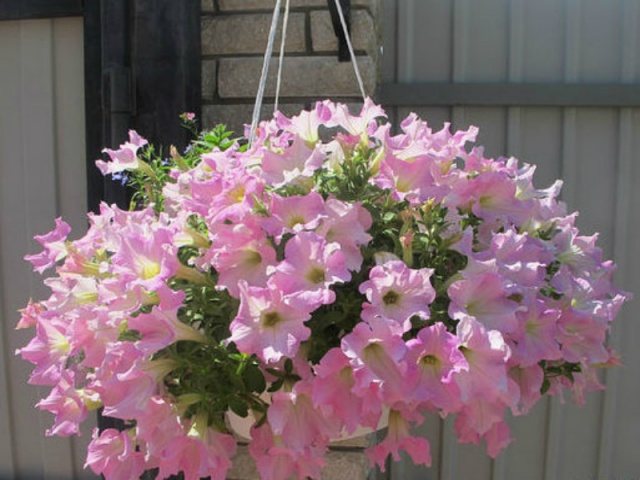

It is recommended to alternate root and foliar feeding. Nitrogen fertilizers stimulate the growth of the green part of the plant. Potash and phosphorus supplements promote the development of buds and lush flowering.
Ferovit. The composition contains iron, which prevents the occurrence of chlorosis and the appearance of yellowness on the leaves. The drug is applied several times, with a short interval between waterings.
Liquid fertilizers. Suitable for foliar feeding. The solution is diluted with water in a larger ratio than indicated in the instructions and sprayed with the plant. So you can stop the disease at the initial stage.
Plantafol. After the first buds appear, petunia should be sprayed with a potassium-containing fertilizer.
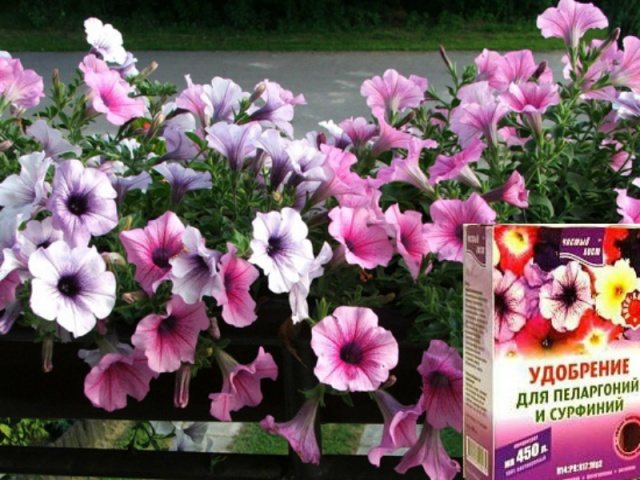

Feeding petunias for abundant flowering is carried out according to the following scheme:
- A week after planting in the open field, petunia is fertilized with a solution of azofoska. For several days the plant is not fed, watered and loosened.
- For abundant flowering, calcium nitrate is added under the root at the beginning of the growing season. After that, after a few days, spray over the leaves. This will protect the plant from pests and apical rot.
- After a few weeks, the seedlings are fed with a nettle solution. This fertilizer for petunia seedlings perfectly stimulates its growth, the sprout builds up healthy greens, on which new ovaries are formed.
- For abundant flowering, fertilizers with calcium content are needed. To get large flowers, the plant is fed with "Epin" or "Zircon".
By regularly feeding the seedlings of the plant, you will get beautiful flowering bushes. The main thing is to observe the indicated dosages and feeding regime.


How to feed vitamin B12 at home?
Vitamin B12 (thiamine) is more likely not a top dressing, but an ambulance for lagging plants.
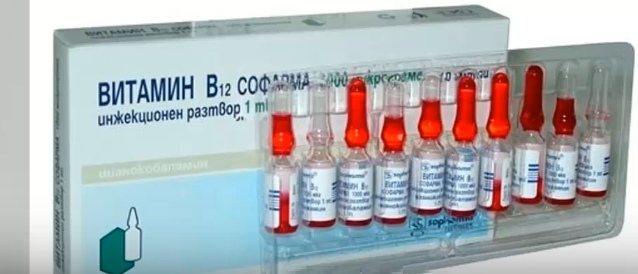

It happens that Petunia does not want to bloom for any buns. Whatever pampered her with, but she lacks something. Vitamin B12 (thiamine) works wonders. It stimulates the metabolism of the flower and helps to grow. Participates in chlorophyll photosynthesis, which gives green color to plants. The vitamin contains cobalt, which saturates plant cells with oxygen.
![]()
![]()
Preparing the solution:
1 ampoule of vitamin B12 for one glass of warm water. Spray an adult plant on a leaf. By the way, B12 is absorbed more efficiently from the bottom of the sheet. You can also feed petunia babies. Serve small sprouts with the vitamin to the root with the help of a pear. Feed every 7-10 days. The result will be amazing.


Petunia, although a capricious flower, is worth taking good care of, feeding and taking care of. In gratitude, she will give you luxurious fountains of flowers that will delight you and your loved ones.
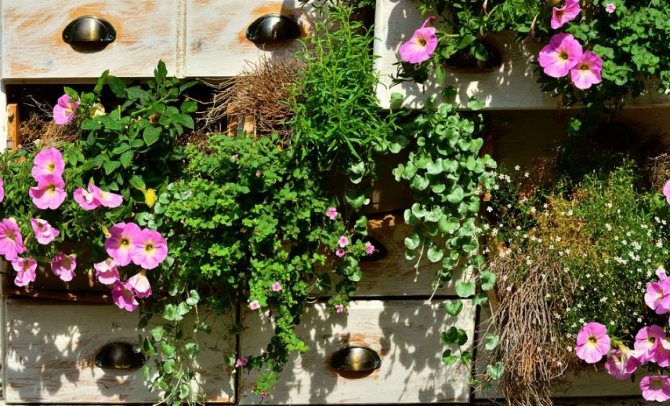

Start preparing for planting Petunias in the near future and a beautiful result will be already this summer!
Author of the publication
offline 10 months
High-quality watering is the first factor in the abundant flowering of petunias
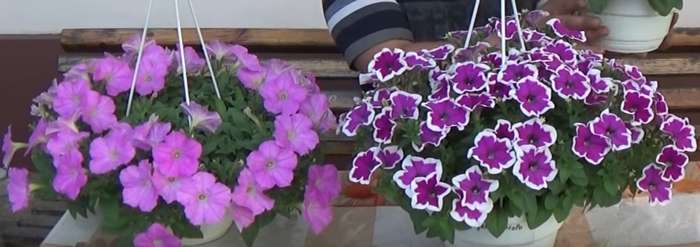

Profusely blooming petunia
At the initial stages, it is especially important not to overdo it with watering, thereby not flooding the petunia sprouts, since there is a rather high risk of rot of the root collar of seedlings, the so-called "Black Leg". Adult plants, on the other hand, prefer a large amount of water, and at the same time, they easily tolerate short-term drying out of the soil.
From the calculation of 5 liters of soil per sprout, we find that up to 2 petunias can be planted in 10-liter pots, and no more than 3 in a meter-long balcony box. If you plant more than the prescribed amount, the stronger plants will suppress the weaker ones.
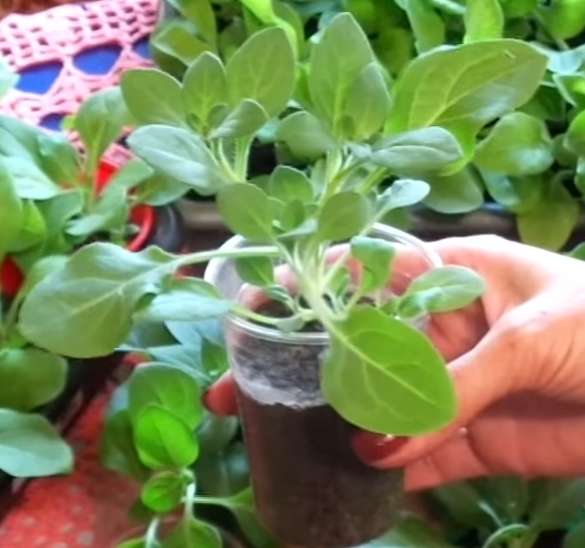

Petunia pinched at an early stage
Sowing petunia seeds
I sow petunia for early flowering in February, using bowls with drainage holes. I scatter small seeds directly over the surface of the leveled and moistened, pre-treated soil. In petunia, the seeds are light-germinating (they require light for germination), you cannot sprinkle them, but only press them with a plate for better contact with the ground.
For germination of petunia seeds, a rather high temperature is required + 24 ... + 26 degrees. I cover the bowls with petunia crops with non-woven material and put them in a bright, warm place. I believe that under the protection of non-woven material, the microclimate for the germination of petunia seeds is more favorable than under film or glass. Because in this way, the necessary humidity is maintained, and the plants have the opportunity to breathe fresh air.
When the seedlings grow, I remove the non-woven material. In this case, petunia seedlings quickly adapt to room conditions and never fall (as often happens when film or glass is removed from delicate crops).
conclusions
Petunia is fastidious, but at the same time it perfectly accepts most of the fertilizers that are offered in agricultural stores. If you nevertheless notice that the flower grows poorly for a long time, there is a unique stimulation option: vitamin B 12.
Or as thiamine is also called. The solution is made in 5 minutes: 1 ampoule + 200 ml of warm water. Application method: spraying.
The effectiveness of such an introduction is noticeable literally immediately after application. But the main advantage: it is impossible to overfeed, the absorption of the vitamin occurs in a short period of time.
Fertilizer types for petunias
Petunias need fertilizers throughout the season, which are divided into two categories:
- basic;
- additional.
Basic, also called, mandatory feeding include:
- Nitrogenous substances. Nitrogen is needed for better leaf formation. It must be introduced at the beginning of plant formation and shoot growth.
- Phosphorus-containing substances.Without phosphorus, it is impossible to build up the root system, as well as the formation of flowers, therefore such fertilizers are applied later than nitrogenous ones.
- Potassium supplements. Without potassium, there will be no lush flowering of plants.
Additional dressings include those that increase seed germination, protect against fungal diseases, and, thanks to vitamin supplements, improve the condition of petunias.
Important! When growing petunias on a balcony in a container using soil rich in nitrogen, potassium and phosphorus, special fertilizers can be omitted. It is possible that the plants will have enough of their content in the soil.
Diseases and pests
The main pest of blooming petunias is aphids. Aphid colonies that have settled on a bush eat the leaves and can lead to the death of the entire plant. You can determine their presence if:
- eats leaves;
- young buds wither;
- white bloom is visible on the leaves - these are the remnants of aphid skin;
- drops of shiny, syrup-like dew are visible.
Will help get rid of the pest insecticides - "Aktara", "Confidor" - or folk remedies - liquid soap, infusion of potato tops. On the flowerbed, it is enough to plant tobacco next to the blooming petunia. Does not like aphids smells of onions, garlic, fennel and mint.
At home, place pots with geraniums next to the petunia, and no aphids will be scary to the flowers.
Petunias in the garden
Before transferring petunias from the premises to the street, it is advisable to gradually begin to harden. The timing of the transfer of grown petunia seedlings to the garden depends on the local climate. In our country, about mid-April or a little later, the snow melts, the garden soil dries out a little. Then I take out my petunia seedlings into the garden. I put the pots with plants in a frame greenhouse, covered with non-woven material (density 60 microns) in two layers.
In mid-May, I plant the grown and hardened petunia seedlings in permanent containers, always with drainage holes at the bottom. I make up the soil for filling them from garden soil with the addition of peat and sand in the ratio (4: 2: 1).
The number of seedlings in one container depends on the size of the container and the future size of the plants. Large varieties therefore require large pots in order for the plants to reach their full potential. For example, I plant two petunias of the "Fortunia" series in a 10-liter container, and petunias of the "Typhoon" series - one seedling each in a container with a volume of at least 10-15 liters.
Well-chosen varieties and well-placed flower containers create a spectacular mobile garden.
In the hot summer, I water the petunias every evening right from the hose so that the plants get drunk. Each large container requires at least 2 liters of water.
My petunias are grateful for such care and delight the whole season with their lush flowering.
Olga Stepanovna (Tula) "Floriculture: Pleasure and Benefit"
All about petunia
Online
Timely watering
The abundant and long flowering of petunias cannot be achieved only with the help of dressings. Watering is the key to success. The best time for him is early morning or late evening. The most suitable water is melted or rainwater, or at least settled.
Important! Water the petunia with acidified water. Or plant it in acidic soil.
The water should not be icy, but too warm will not work either. It is best if it is slightly warmer than the soil. It is not advisable that the jets of water do not fall on the flowers; try to water under the very root.
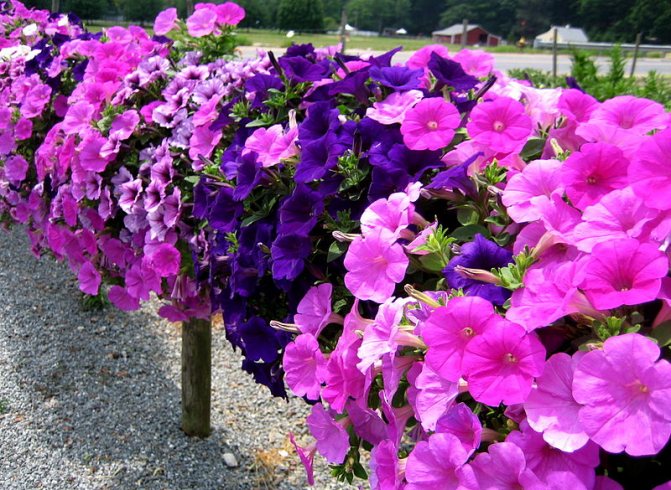

Water the petunia morning and evening on hot summer days. She can easily tolerate abundant watering, but may die from stagnant water. Try to keep the soil under the plant moist, not dry. Although petunia is a drought-resistant flower, you do not need to tempt fate: if possible, water regularly, but little by little.
Testimonials
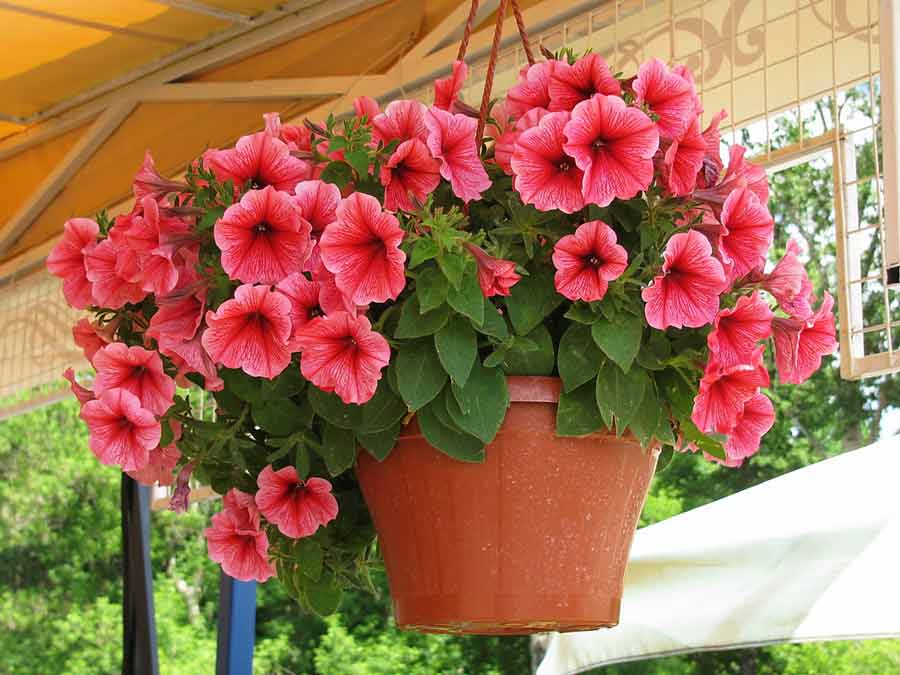

Julia says:
“I have been breeding petunias for several years.At first I used mineral fertilizers: superphosphates, nitroammophoska, but then I realized that it was difficult, I had to change the proportions all the time, and the flowers were not always responsive. Now I have switched to complex supplements, I like Agricola, it is easy to dilute, and its composition is already balanced. I use it strictly according to the instructions, as a result, the flowering proceeds violently, the buds are lush and very bright. "
Andrew:
“Of the complex fertilizers, I advise you to try Kemira Lux, its effect is amazing. Of the usual additives, I like urea, magnesium, potassium sulfate, thanks to them, petunias bloom for a long time, and the number of buds is large. Before planting, pay great attention to the soil, the condition of the flowers depends on its nutritional value. "
Tips from experienced florists
During the flowering period, potassium and phosphorus should prevail. But a lot of nitrogen is not needed so that petunias do not hit the greens. At the seedling stage, I never fed anything except HB101. For summer dressings, any fertilizer for flowering with a predominance of potassium and phosphorus is suitable. It is better to alternate fertilizers, as well as alternate foliar and root dressings. Root feeding during flowering was done with potassium monophosphate. I made foliar fertilizers for flowering plants, for example, Bud.
Innova
Last year I fed all the seedlings with Fertika-Lux (for seedlings and flowers). I will leave this fertilizer for the first fertilizing this year too. For subsequent feeding, I first used potassium nitrate (liquid composition), then humic fertilizers, as for other flowers (Sakhalin humates: potassium humate and sodium humate). This year I bought Bona FORTE fertilizer for petunias and balcony flowers (concentrated fertilizer with magnesium and succinic acid). The fertilizer has two series: # 1 Beauty for enhancing decorativeness; # 2 Health for soil restoration and plant immunity enhancement.
olganevolina
Petunky are responsive to ANY complex fertilizers. We have little choice, so I feed them everything that comes across. "Uniflor Bud" is an excellent fertilizer, it is necessary to feed them already flowering petunky. If you need to quickly build up the mass (that is, the volume of the bush, the length of the lashes), then you can feed it with ordinary urea (urea). In general, petunky need to be fed at least once a week. It is good to alternate fertilizers, once with a predominance of nitrogen, the second with a higher concentration of potassium. Petunki in the ground respond wonderfully to feeding with mullein and ash infusion.
Elchik
Petunia: a brief description of the flower
It is the most suitable flower for outdoor decoration of windows and balconies. There are two main varieties - multi-flowered and large-flowered. There are about 25 species.
The type of stem depends on the type of plant: branched, erect, hanging or creeping. The color of the bud is the most diverse: pure white, different tones of yellow and pink, bright red, purple, blue, there are even motley patterns of flowers.
Did you know? The first species of the genus petunias was found and described in the vicinity of Montevideo (Uruguay) in 1793. It was attributed by Lamarck to the genus Tabakov and received the name Nicotiana axillaris.
Regardless of the variety, the plant is photophilous. Loves moisture, but not an excess of it. If grown by seeds, then flowering occurs on the 70-90th day after planting, it also depends on the selected variety.
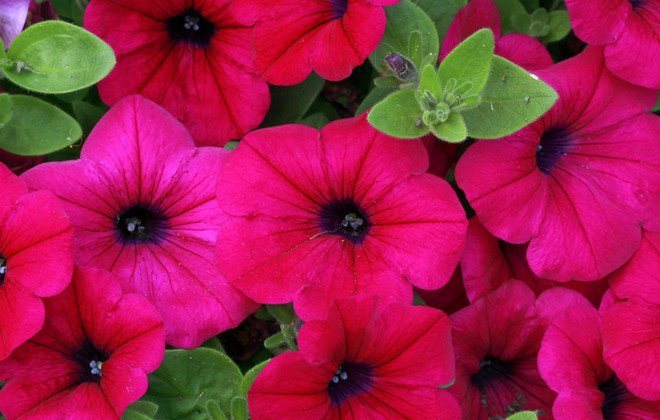

Table: Signs of a specific nutrient deficiency
| Name of substance | Signs of shortage |
| Iron | Petunia leaves turn yellowish, while their veins remain green |
| Nitrogen and boron | The plant lags behind in development, its leaves begin to curl |
| Phosphorus and potassium | Flowering is poor, and the flowers are pale |
| Manganese | The leaves of the plant turn pale green |
Petunia seedlings care
When growing seedlings of petunias, it is important to ensure the correct temperature and light conditions.
Petunia shoots usually appear within two weeks of sowing.As soon as sprouts appear, the temperature of the keeping of plants must be reduced (to + 18 ... + 20 during the day and + 14 ... + 16 degrees at night).
When sowing petunias and other flowers in winter, of course, supplementary lighting of small seedlings is required so that they grow well and do not stretch out. For artificial illumination of plants I use Fluora lamps.
After the appearance of a couple of real leaves, I pick the petunia seedlings into disposable cups.
Successful growing of petunia seedlings is impossible without careful watering. We must learn to water the petunia seedlings on time and in moderation. Otherwise, drying out of the soil can destroy small plants. And waterlogging of the substrate provokes the appearance of the disease "black leg", due to which the seedlings rot from below and fall.
Within 4-5 weeks after emergence, petunia seedlings develop slowly, increasing the root system. From the age of one and a half months, the seedlings of petunias begin to grow actively. When a lump of earth in a transparent disposable cup is tightly intertwined with roots, I transplant the grown petunias into pots. In containers with a volume of 1.5-2-l, petunia seedlings develop before planting in permanent containers.


